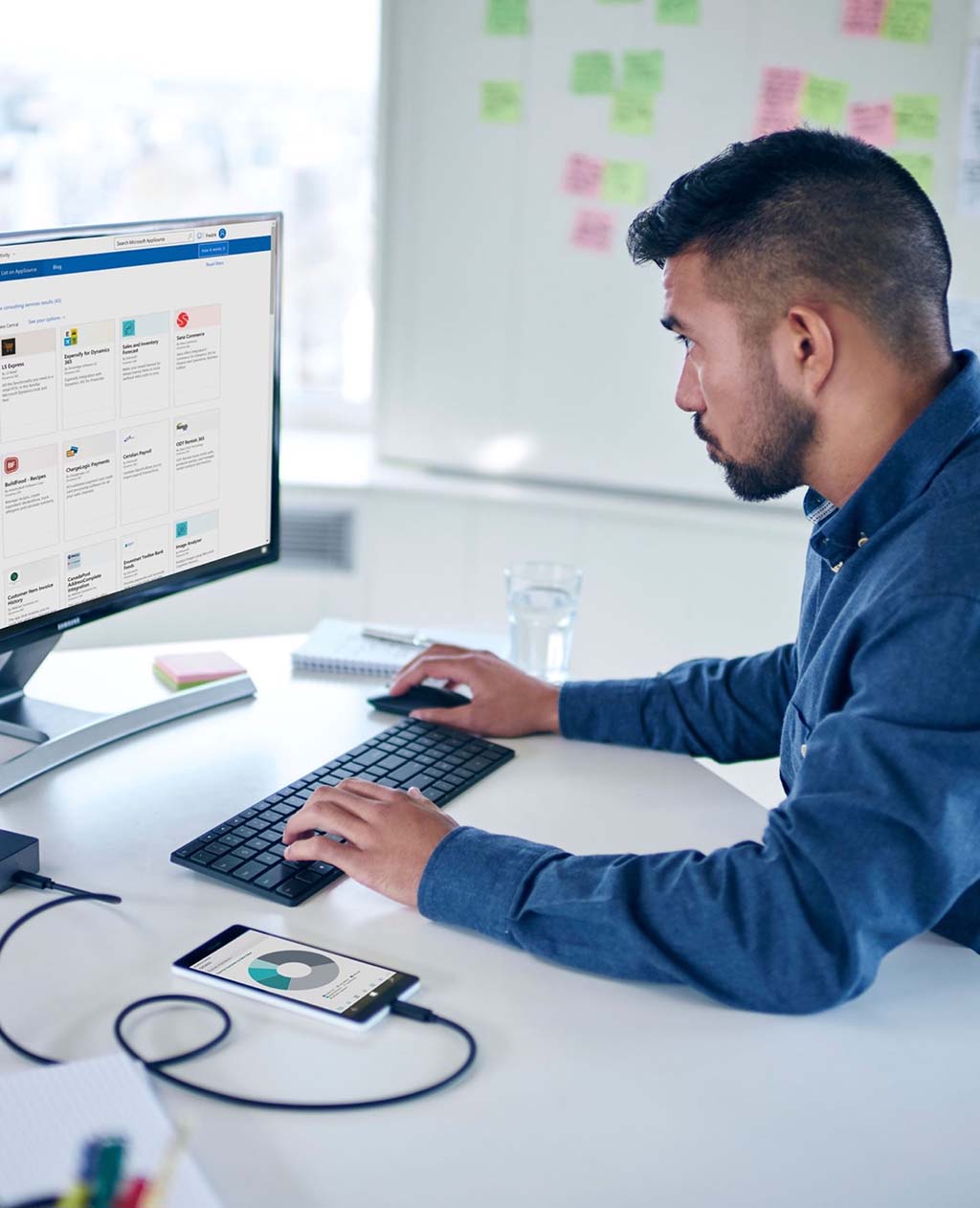Our Approach – Luminous
The luminous Approach
We have our core values at the heart of our approach. We strive for transparency throughout all phases in the implementation process. We value transparency through clear and written communication. We are engaged in understanding and adding value to your business.
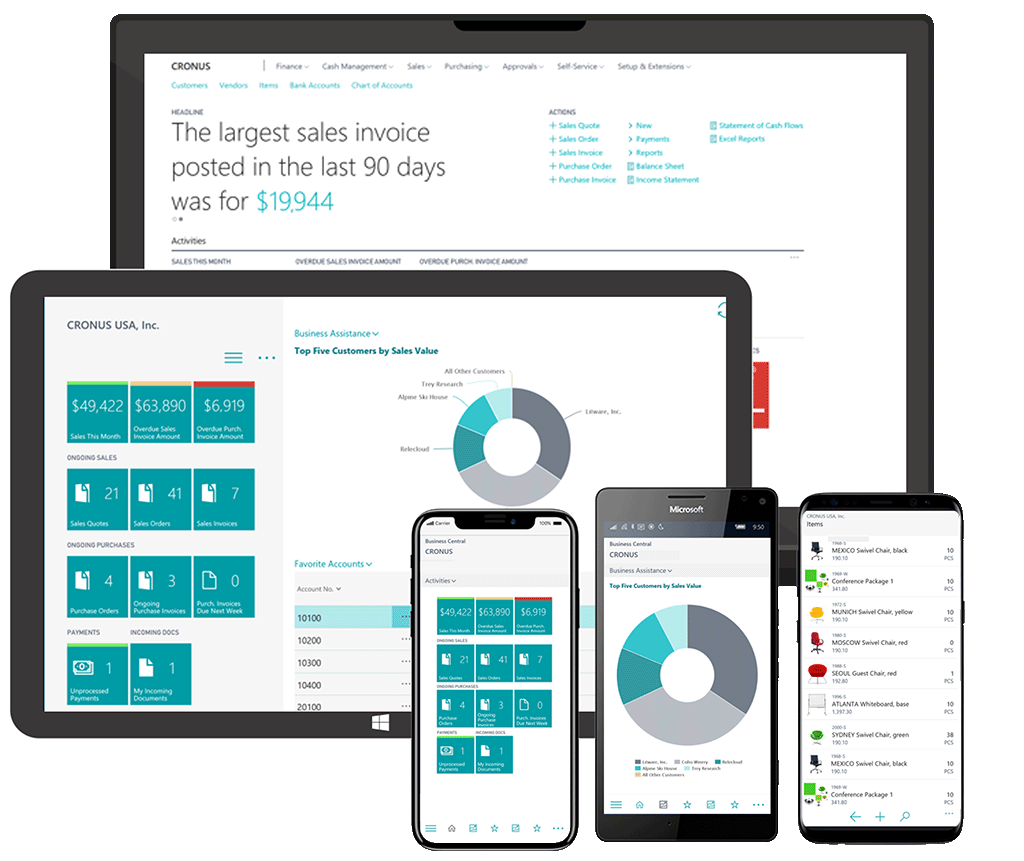
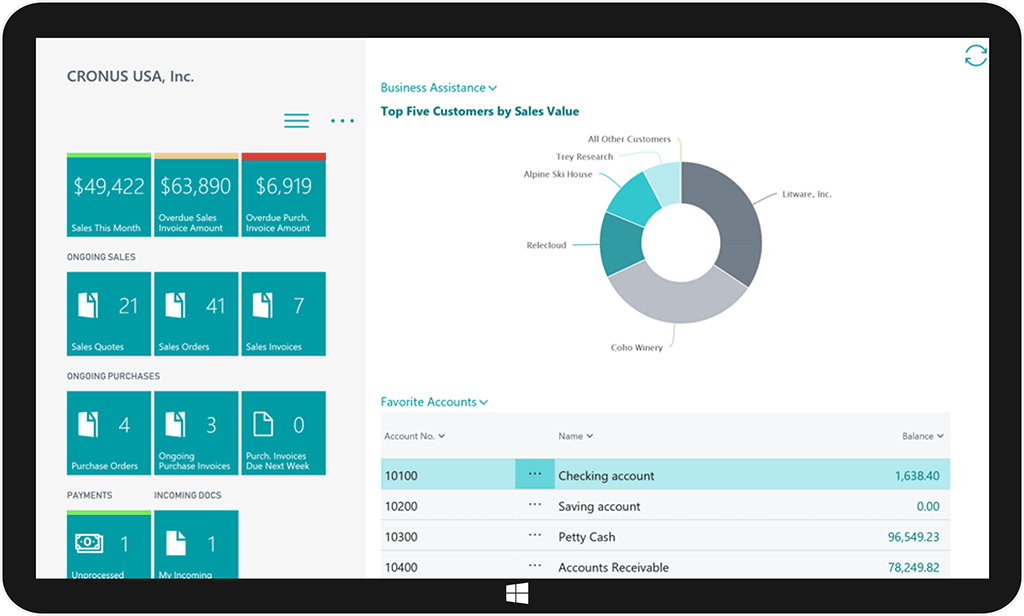
An Erp covers most to all business processes within a unified solution
We start by creating a fit-gap analysis. A picture says more than a thousand words. The result of the fit-gap analysis should provide our customer with total transparency and insight into what to expect from the new ERP Solution,
Finally, based on the fit-gap analysis we present the customer with an estimate of the project investment.
Remember that your ERP solution is an asset within your company used to increase productivity 



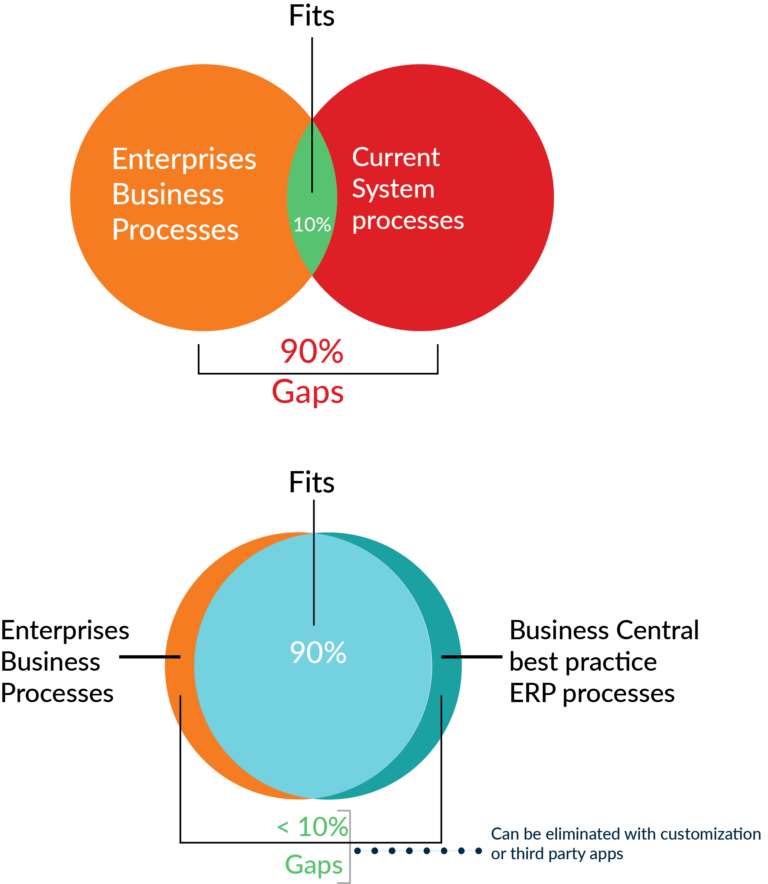
Step 2 Build
In the build phase we analyze the main standard operating business procedures (SOP’s). The analysis leads to two key success factors for implementation: • Standard Operating Procedure alignment • Security role identification let’s unpack that a bit. The Standard Operating Procedure alignment consists of a 3-step process. The steps are: • Finding gaps in existing procedures and closing these gaps. • We then build the ERP solution to align with the revised procedures. • The last step shows which procedures are not 100% aligned with the ERP build. These procedures are specifically addressed with customizations or agreed upon workarounds. Hang in there just one more to go. What do we mean with security role identification? One way to explain it is to think of a security role as job titles within a company that define the authority that is linked to a specific job title. This authority needs to be reflected in the ERP solution when a user holding a certain job title navigates and uses the system.
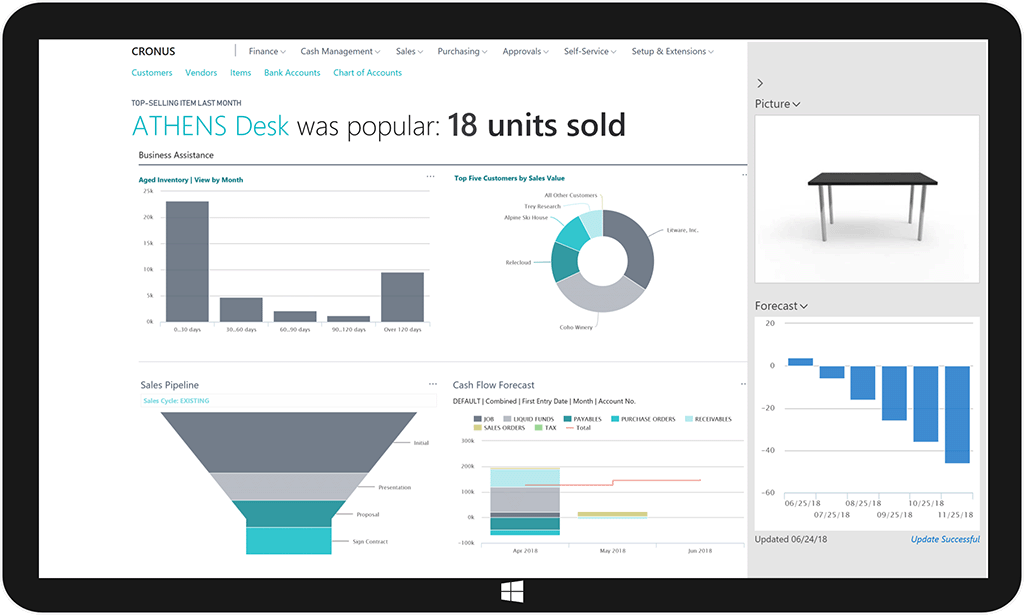

Step 3 Training & Testing
Once the solution is built, key players from your company will test the ERP solution. We know what you’re thinking, your key players have not even been trained yet, right? Well, it just so happens that we combine training (of Key Players) and using the system in practice. This leads to the best results of driving home the concepts and workings of the ERP. This is why we run training and testing the solution simultaneously.
Step 4 Go Live
Now comes the exciting part! After much planning, preparation, training and testing, we are ready to start experiencing the new ERP solution, right? Not quite! We still need to make one crucial decision here. Data cleaning.

Data cleaning is typically a process that needs to be discussed when moving away from your old legacy systems. It is an optional but highly advised step to take in order to get the most out of your new ERP solution. Once the data cleaning is performed and we migrated the data, you are ready to GO LIVE🥳!
Step 5 Support & Improve
All right, so you’re now live and starting to reap the major benefits of the new system, despite great planning, testing and some incredible commitment, there are still some errors or change requests that might arise once every user is working in the solution. There are several reasons for this. Let’s quickly lay out three of reasons: 1. Upon switching to a modern ERP solution, you will quickly discover features that might be of interest to you that you did not even know existed before going live! 2. In other cases, you may decide that the ERP solution should merely fulfill the functional requirements of the old system it is meant to replace. Why, you could ask? Isn’t the whole point of moving to such a solution being able to utilize more functionality and unlock new features that have never been available before? Well, yes, but perhaps more gradually. This offers two key benefits. You minimize resistance to change, , one of the common pitfalls of ERP implementations by keeping change to a minimum. Secondly, you also reduce initial upfront investment into building and setting up these new functionalities, and then spread your investment over more time, aiding your cashflow! 3. Another reason why support might be needed is training and testing phase just cannot cover every usage scenario of an ERP solution. It would also be far too costly and time consuming to do that. As a result, we offer great support agreements to keep your ERP system up and running, so you can focus on the core activities of your company! 🌱
